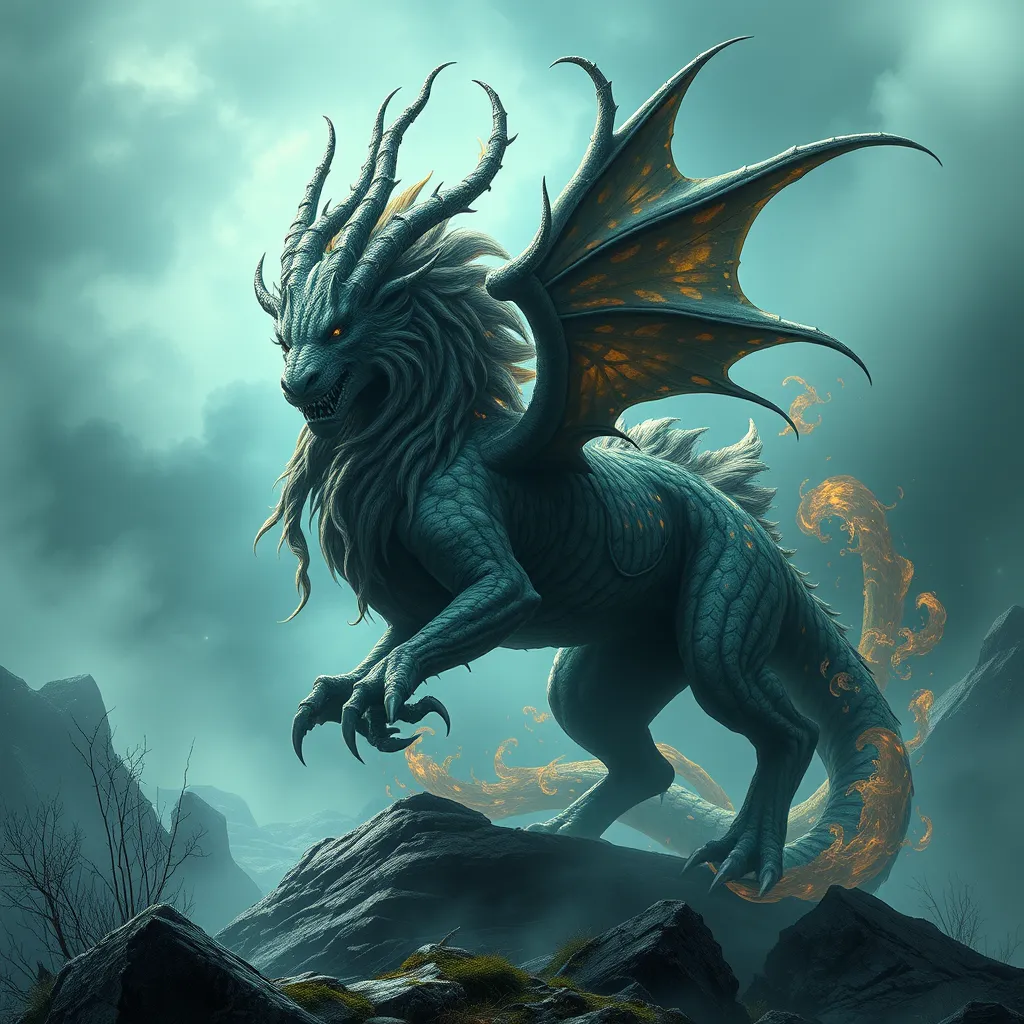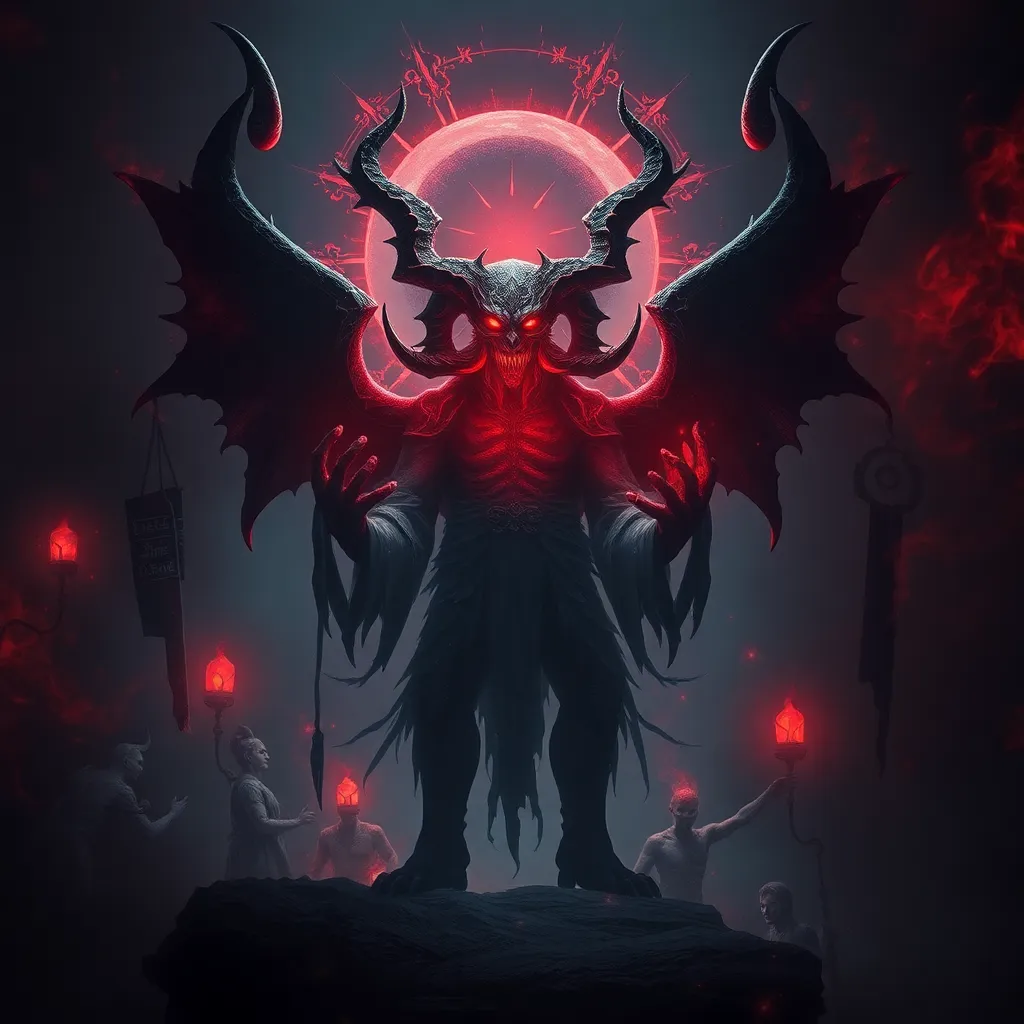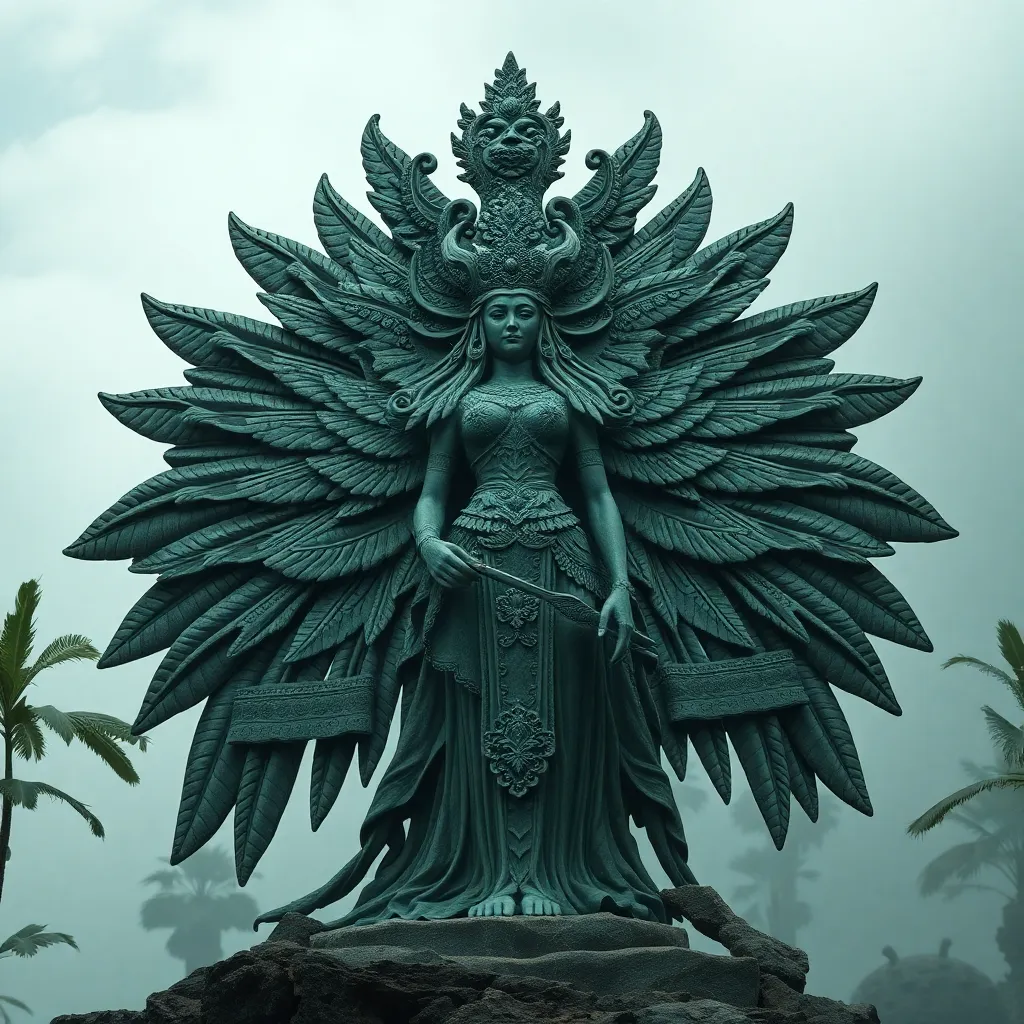The Chimera in Norse Sagas: Legends and Tales of Mythical Creatures
I. Introduction
The Chimera, a creature of Greek mythology, is often depicted as a fire-breathing monster with a lion’s head, a goat’s body, and a serpent’s tail. Its terrifying appearance and chaotic nature have made it an enduring symbol of the unknown and the monstrous in human culture. While the Chimera is not a direct figure in Norse mythology, its essence resonates within the tales of Norse sagas, which are rich in mythical beings and epic storytelling.
Norse sagas, originating from the Scandinavian region, serve as historical narratives that blend myth, legend, and history. These sagas are crucial in understanding the cultural and spiritual beliefs of the Norse people. This article aims to explore the role of Chimera-like creatures in Norse mythology, examining their characteristics, influences, and the meanings they convey in sagas.
II. The Concept of the Chimera in Mythology
The Chimera’s origins in Greek mythology date back to ancient times, where it was described by Homer in the Iliad and later by Hesiod. This creature embodies a fusion of different animals, symbolizing chaos and the unnatural, which evokes fear and fascination.
Typical characteristics of the Chimera include:
- Fire-breathing capabilities
- A hybrid form, combining traits from multiple animals
- A representation of chaos and disorder
In contrast, other mythologies also feature hybrid creatures, such as:
- The Sphinx from Egyptian mythology
- The Griffin, combining eagle and lion traits
- The Manticore from Persian lore
These creatures, much like the Chimera, symbolize a blend of power, danger, and the unknown.
III. The Role of Mythical Creatures in Norse Sagas
Mythical creatures are pivotal in Norse storytelling, serving various narrative purposes. They often embody human fears, aspirations, and the forces of nature. Common themes associated with these creatures include:
- Conflict between order and chaos
- The struggle for power and dominance
- Human interaction with the divine and the monstrous
Prominent mythical creatures in Norse lore include:
- Dragons, such as Fafnir
- Giants, representing the primordial forces of chaos
- Elves and dwarfs, signifying magical and mystical elements
IV. The Chimera’s Influence on Norse Creatures
While the Chimera itself is not a Norse entity, several creatures within Norse mythology share similarities with its characteristics. A few notable examples include:
- Fenrir: A giant wolf foretold to bring about Ragnarok, embodying chaos and destruction.
- Jörmungandr: The Midgard Serpent, a monstrous creature that encircles the world, representing the duality of creation and destruction.
These creatures reflect thematic connections to the Chimera through their hybrid forms and chaotic nature, drawing parallels between the mythologies.
V. Legends and Tales Featuring Chimera-like Beasts
Specific sagas, such as the Völsunga Saga and the Prose Edda, mention beasts that resemble the Chimera in their characteristics. These creatures often serve as antagonists or trials for heroes, symbolizing the challenges faced in the pursuit of greatness.
For example, in the Völsunga Saga, the dragon Fafnir is a creature that embodies greed and destruction, much like the Chimera represents chaos. The narrative often highlights the hero’s confrontation with such beasts, emphasizing the struggle against overwhelming odds.
These tales illustrate how Chimera-like beasts contribute to the overarching mythology, reflecting the human condition and the eternal battle between order and chaos.
VI. Symbolism and Interpretation of the Chimera in Norse Culture
The Chimera symbolizes chaos and duality, representing the unpredictable aspects of life. In Norse culture, the blending of different animal traits in mythological creatures signifies the complexity of existence and the interconnection between various forces.
This blending is culturally significant as it reflects:
- The Norse understanding of nature as a force that can be both nurturing and destructive
- The human tendency to confront fears through the lens of mythology
- The duality of creation and destruction inherent in existence
Ultimately, the Chimera’s reflection of human fears and desires serves as a potent reminder of the uncertainties that define the human experience.
VII. The Modern Legacy of the Chimera in Norse Culture
The influence of Norse sagas extends into contemporary literature and media, where the Chimera and similar mythical creatures continue to captivate audiences. Modern adaptations often draw upon these ancient tales, reimagining them for new generations.
Some notable influences include:
- Fantasy literature that incorporates Norse mythology, such as Neil Gaiman’s Norse Mythology.
- Film adaptations that depict Norse gods and creatures, like Marvel’s Thor series.
- Video games that explore mythological themes, such as God of War and Assassin’s Creed Valhalla.
The ongoing fascination with mythical creatures underscores their lasting impact on popular culture, blending ancient stories with modern storytelling techniques.
VIII. Conclusion
The Chimera’s significance, while not directly present in Norse sagas, resonates through various mythical creatures and themes found within these stories. The exploration of hybrid beings and their narratives provides insight into the cultural fabric of the Norse world.
As we delve deeper into the interplay of mythology and culture, we uncover the timeless relevance of these tales. The invitation remains for further exploration into Norse mythology, its creatures, and the profound lessons they impart about humanity and existence.



